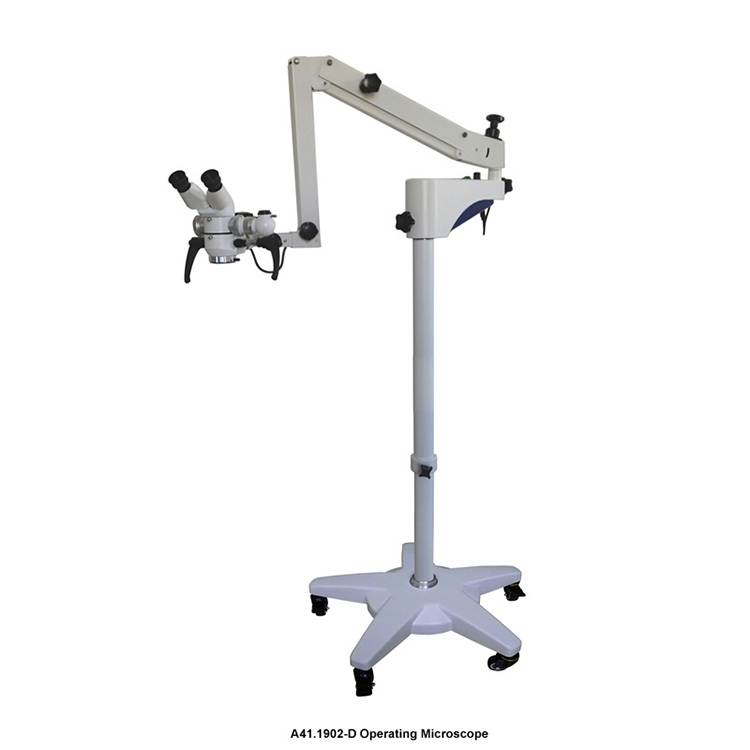Functions of an operating microscope
2024-03-28
An operating microscope, also known as a surgical microscope or a medical microscope, is a specialized optical instrument used in various medical procedures, particularly in surgery and microsurgery. It provides magnified, high-resolution images of the surgical site, enabling surgeons to perform delicate and precise procedures with enhanced visualization. Here are some key features and functions of an operating microscope:
1. Magnification: Operating microscopes offer variable magnification levels, typically ranging from 4x to 40x or higher. The ability to adjust magnification allows surgeons to view the surgical site in detail and perform intricate procedures with precision.
2. Illumination: Operating microscopes are equipped with bright, adjustable lighting systems to illuminate the surgical field. Advanced models may feature halogen, xenon, or LED light sources, providing uniform and shadow-free illumination for optimal visualization.
3. Optical Components: The optical system of an operating microscope consists of lenses, prisms, and mirrors designed to deliver sharp, clear images with minimal distortion. Some microscopes feature apochromatic lenses to minimize chromatic aberrations and improve image quality.
4. Binocular Observation: Operating microscopes are typically binocular, allowing surgeons to view the surgical site with both eyes simultaneously. Binocular observation provides depth perception and enhances spatial awareness, crucial for performing precise surgical maneuvers.
5. Fine Focus and Coarse Focus: Operating microscopes feature fine focus and coarse focus mechanisms that enable surgeons to adjust the focus of the microscope with precision. Fine focus allows for minute adjustments to achieve optimal image clarity, while coarse focus facilitates rapid changes in focus depth.
6. Inclinable Binoculars: Many operating microscopes have inclinable binoculars, which can be tilted or adjusted to accommodate the surgeon's ergonomic preferences and provide a comfortable viewing angle during prolonged procedures.
7. Integrated Accessories: Some operating microscopes come with integrated accessories such as camera systems, video recording capabilities, and image documentation software. These features enable surgeons to capture and document surgical procedures for educational or research purposes.
8. Motorized Movements: Advanced operating microscopes may feature motorized movements for precise positioning and alignment of the microscope head, objective lenses, and other components. Motorized movements enhance workflow efficiency and allow surgeons to make adjustments without disrupting the surgical field.
Operating microscopes are used in various medical specialties, including ophthalmology, neurosurgery, ENT (ear, nose, and throat) surgery, orthopedic surgery, plastic surgery, and microvascular surgery. They play a crucial role in enabling surgeons to perform complex procedures with accuracy, safety, and improved patient outcomes.



